Last year when I reviewed Fortepan 200, I indicated that I would love to review the 400 and 100 flavours of the Fortepan line. And the film photography community being fantastic, responded. On the post to a Facebook group, a reader indicated they had a large stash of Fortepan 100 and asked if I wanted some. Well, he came through, so thank you to Wendell Anderson for sending over the rolls for this review.
Film Specs
Type: Panchromatic B&W
Film Base: Acetate
Film Speed: ASA-100, Latitude: 50-400
Formats Available: 135, 120, Sheets
Discontinued: 2007
Roll 01 – Kodak D-76
I decided to shoot the first roll at its full box speed of ASA-100 to set a good baseline and see the condition of the film. But decided to at least give it a chance by developing it at constant rotation in a 1+1 dilution. Right from the tank, the negatives looked good, with some base fog but excellent density. And you know the results are certainly good, although I would hazard that a bit more time in the developer or a touch of over-exposure would certainly cut through the base fog. The contrast is a little high but has richness, making the images usable. In comparison, there is plenty of visible grain, more than one might expect from a modern emulsion. The photos have excellent edge sharpness combined with a decent tonal separation, giving good image quality. While D-76 would not be my first choice for Fortepan, it would do in a pinch.
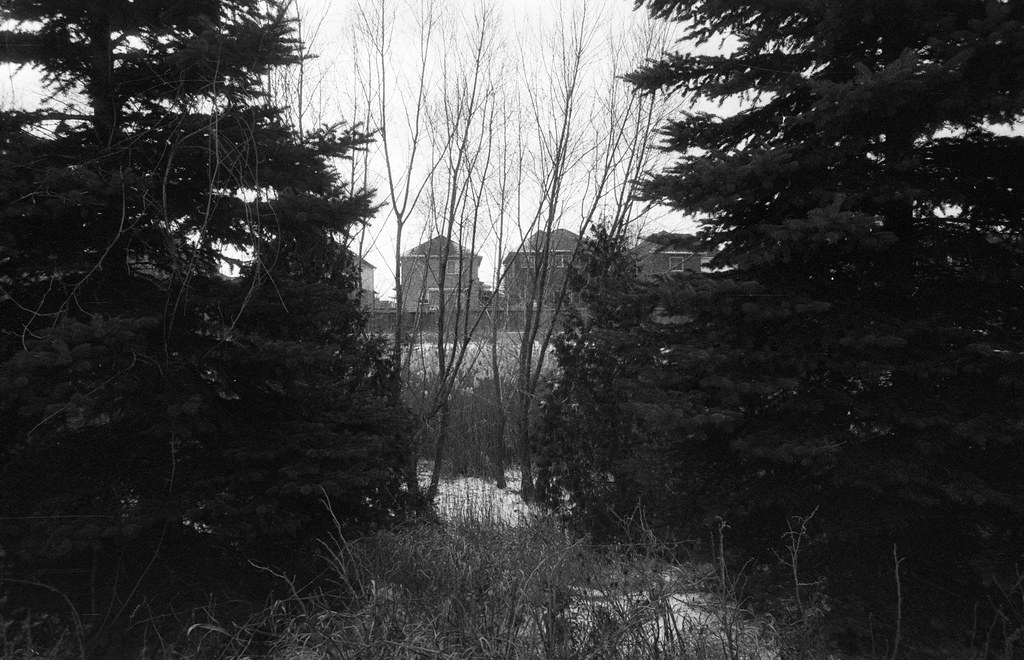

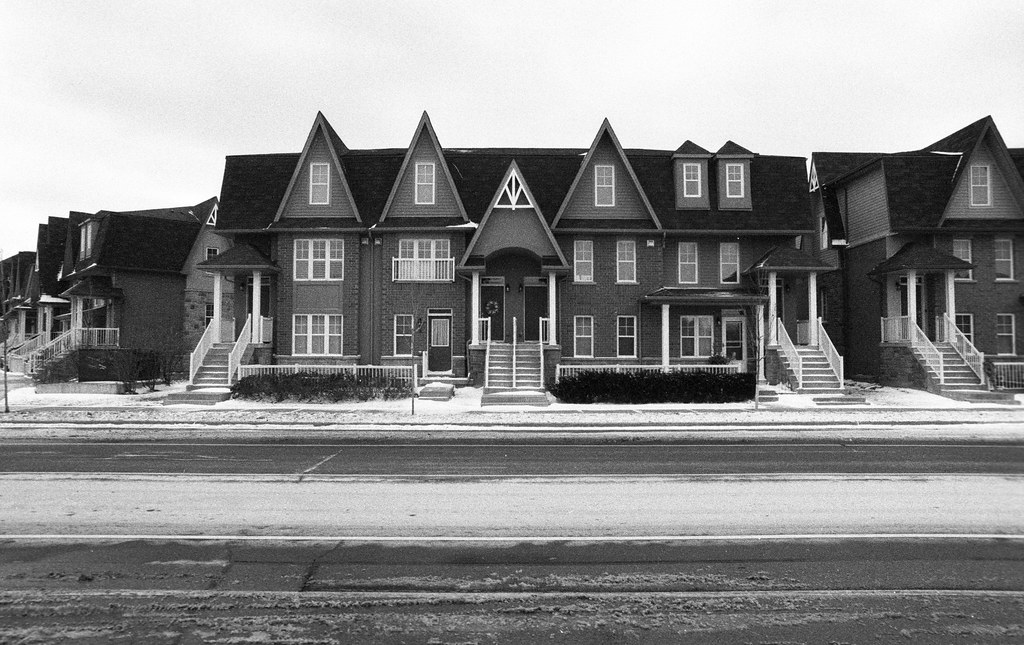
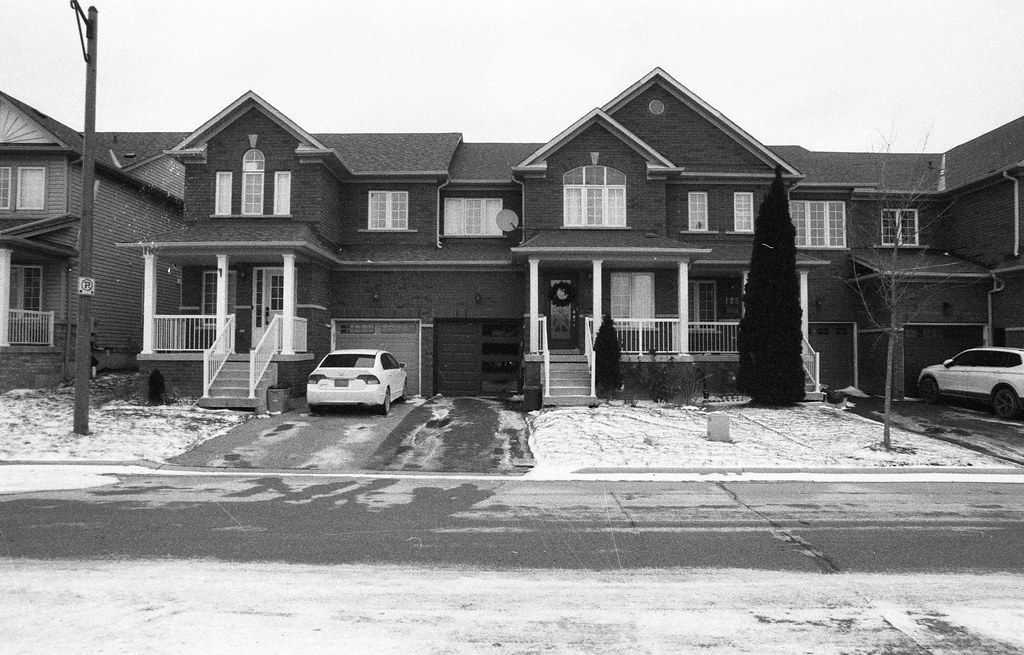
Roll 02 – Ilford Ilfotec HC
Given that Ilfotec HC isn’t known to be a fine-grain developer, I decided to over-expose the film slightly, exposing it at ASA-80 and then developing normally to help with the touch of base fog on the film. I again went with a dilute developer, 1+63 and doubled the listed 1+31 time. Unfortunately, I made the wrong notation in my log sheet and undeveloped these images. I also feel that I should have left them in the tank for an additional thirty seconds. Thankfully I was able to recover some details. Usually, I like images developed in Ilfotec HC, but in this case, I don’t think it’s a good pairing for Fortepan 100. After seeing the high contrast from my first roll, I thought diluting the developer would help. Sadly I believe the under-development and fixing in post-processing didn’t do much justice. You again get that high-contrast look about the images, but this time it lacked the richness I had with D-76. There is also a noticeable uptick in visible grain, which gives an almost mushy look to the images and a softness that doesn’t sit well in my mind.

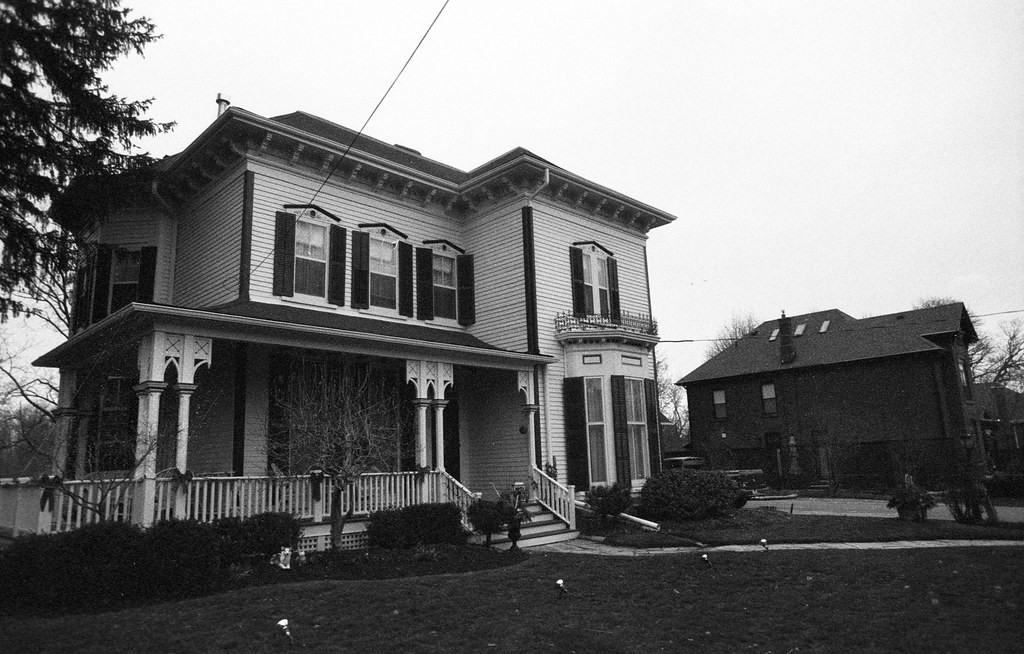
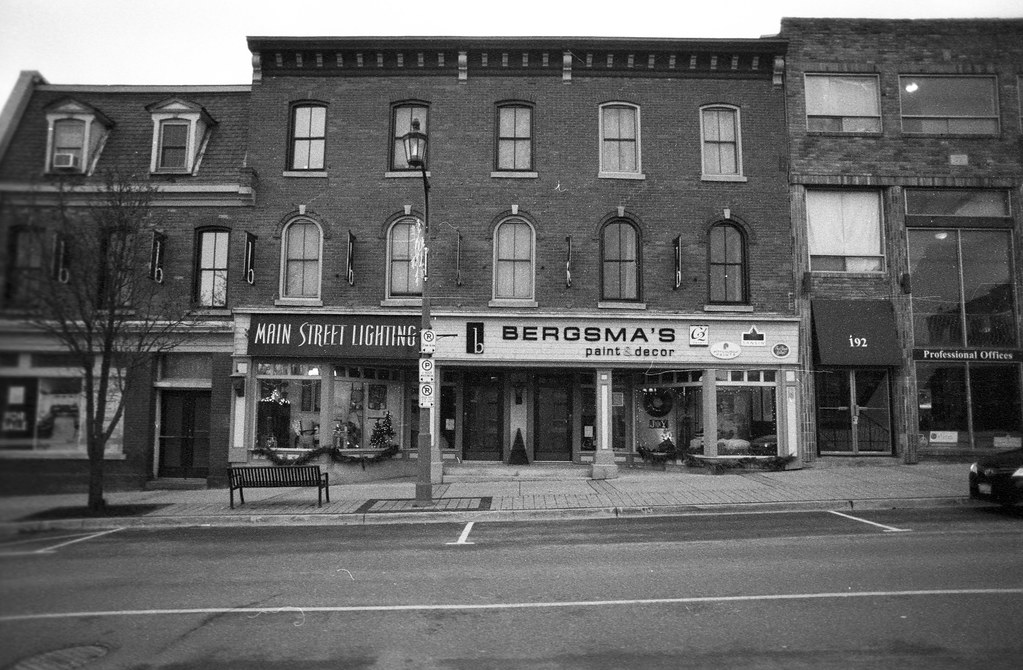

Roll 03 – Adox Rodinal
To help Fortepan 100 out, I gave it more of an over-exposure, shooting at ASA-64, and then normally developed in a 1+50 dilution. Now I’m getting the results I like! The downside is that with the over-exposure and normal development, the contrast has gone flat, but thankfully with a bit of work in post-processing, I was able to get the contrast to that happy medium I like in my images. Once I had the tonal separation to the right spot, the rest of the image came into play. And these images are sharp; I think using Rodinal helped along the way, but the edge sharpness is dead on point. Sure there’s visible grain, but it helps with that acutance. I wasn’t expecting to like this particular roll, but it surprised me!
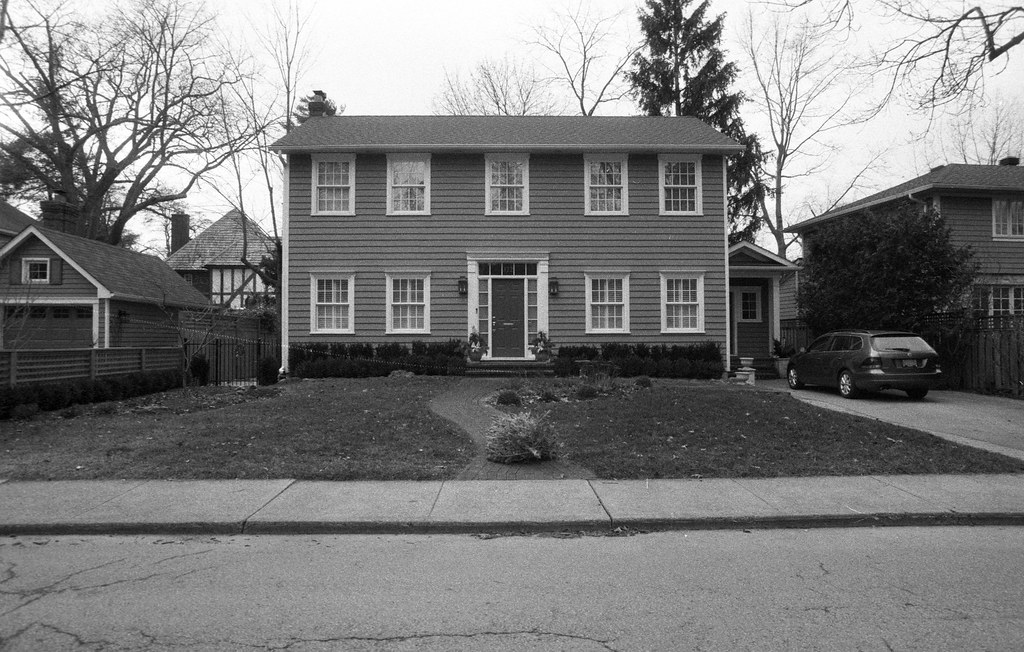
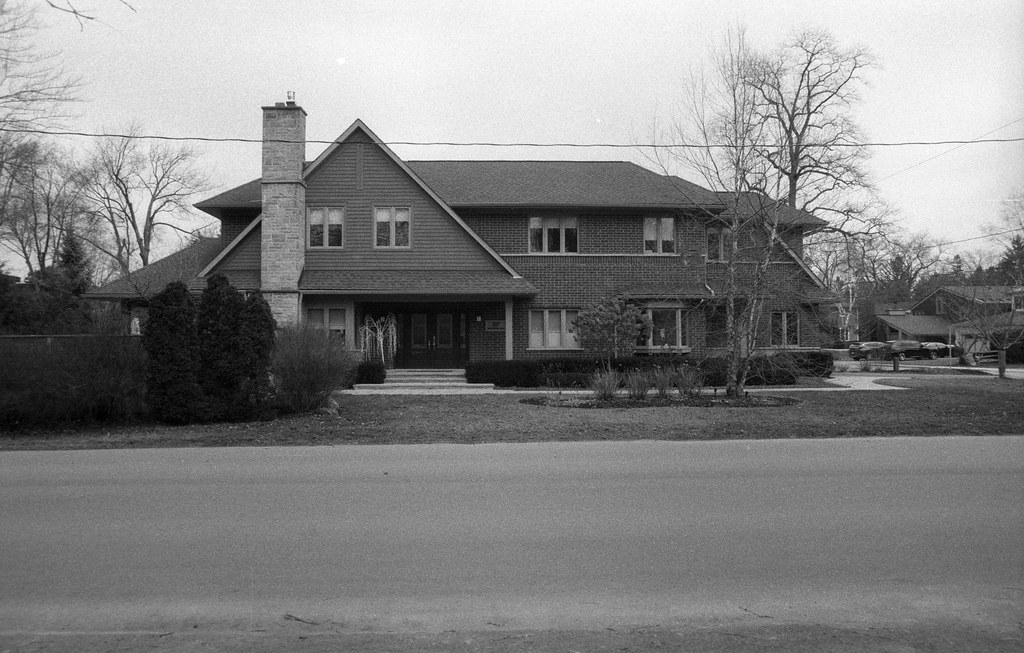
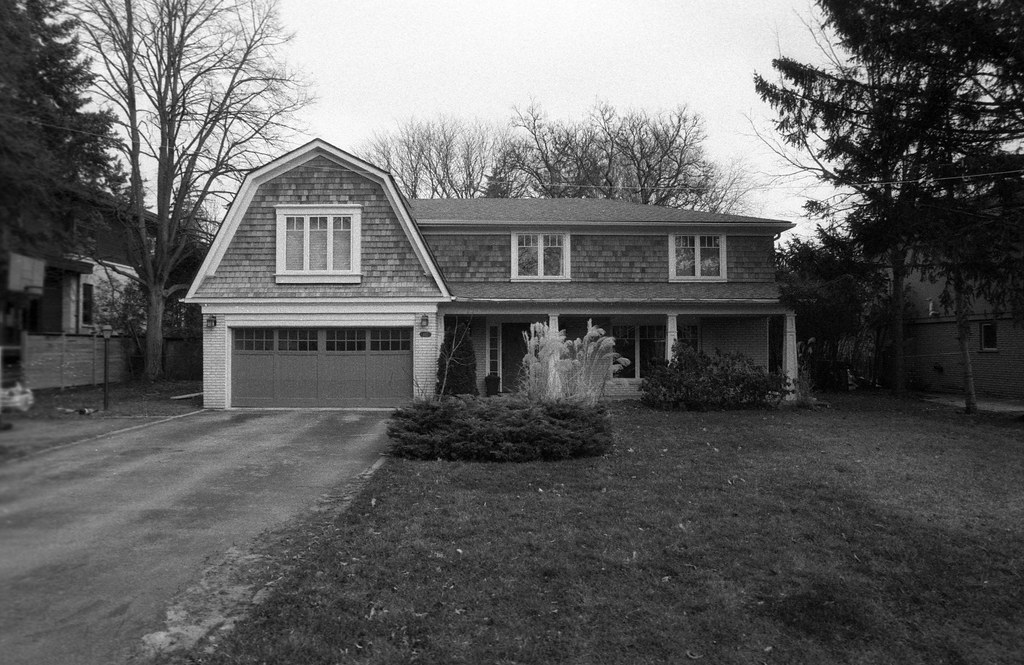
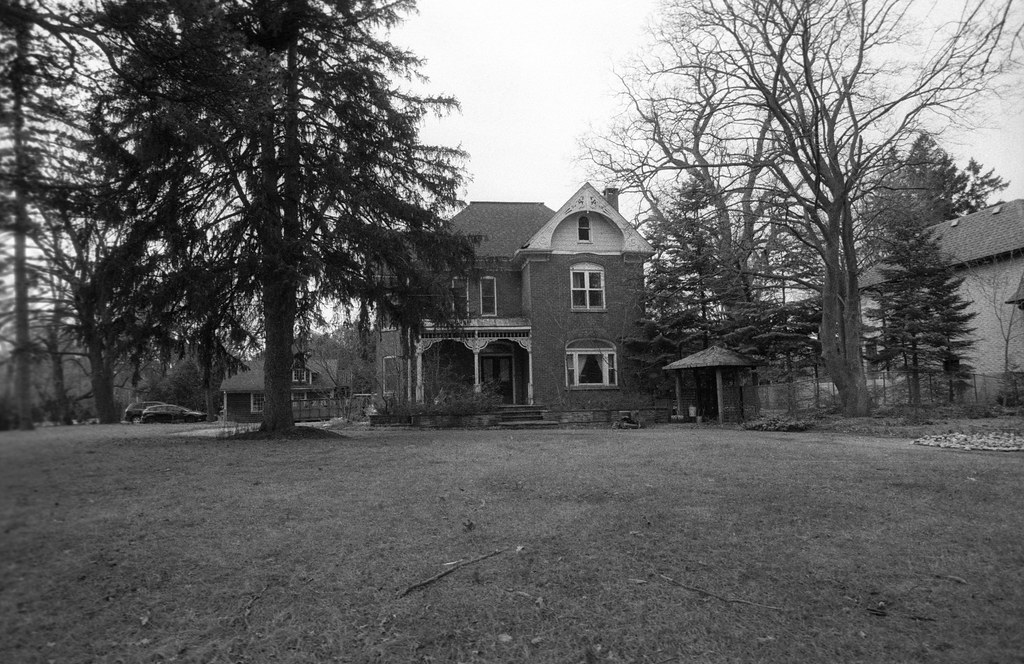
Roll 04 – Adox Atomal 49
I had initially planned to shoot this roll at box speed (ASA-100), but after seeing that I got some better negatives by over-exposing and developing normally, I went with a speed of ASA-80. And things got better; I think this film prefers a bit of over-exposure to get good results. While in this case, I could have gone up to full box speed and pulled out good images, I’ll stand by my choice for over-exposure. The tonality and contrast were perfect from the scans, and while there was visible grain, it was again pleasing and added to the edge’s sharpness. I could have opened up those shadows more if I had gone with ASA-64; this is my favourite roll.




Final Thoughts
The one thing you will find with Fortepan 100, like Fortepan 200, is that the film will cup like mad. You have a couple of options to get this cleared up; the first is letting it hang to dry for a little longer than back rolling the film a let it sit. Alternatively, you could cut the film, sleeve it and let it sit under a few heavy books. I took the easier route and scanned using my Nikon Coolscan V ED. Fortepan 100 is a film that loves the light; it did not do well in the dark grey conditions we had for the first few weeks of January, but once I got some sun it started performing well. Despite being a slow film, you do want to over-expose it slightly, it seemed to perform best at ASA-80 or ASA-64, which isn’t much of an over-exposure, and there is enough latitude that you don’t have to worry about adjusting your times when processing the film. Develop them at normal times, and then make any further adjustments in post-processing.
Further Reading
Don’t just take my word on Fortepan 100; you can check out the reviews by other excellent camera reviewers!
Toivonene Photography – Fortepan 100 and 200
Fun With Cameras – Expired Fortepan 100
